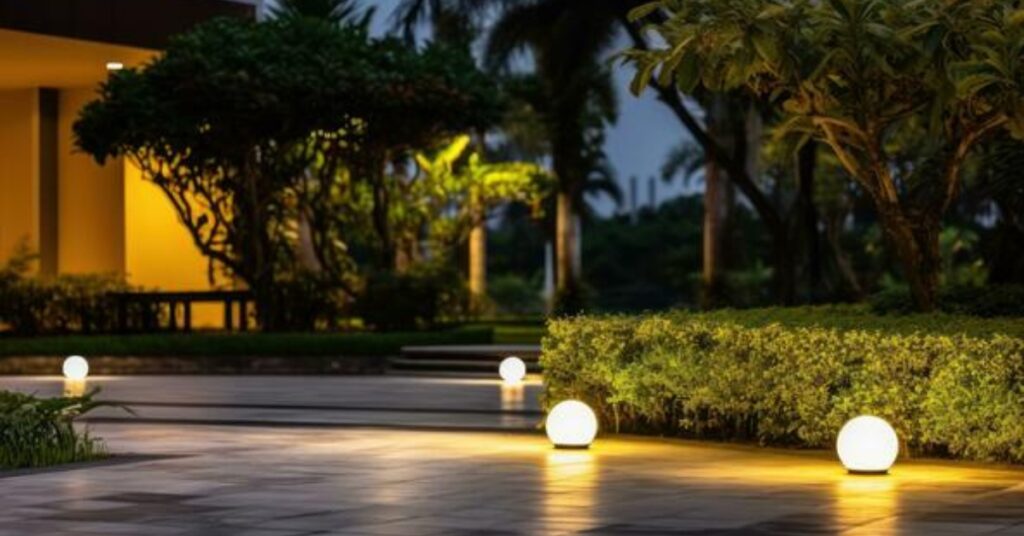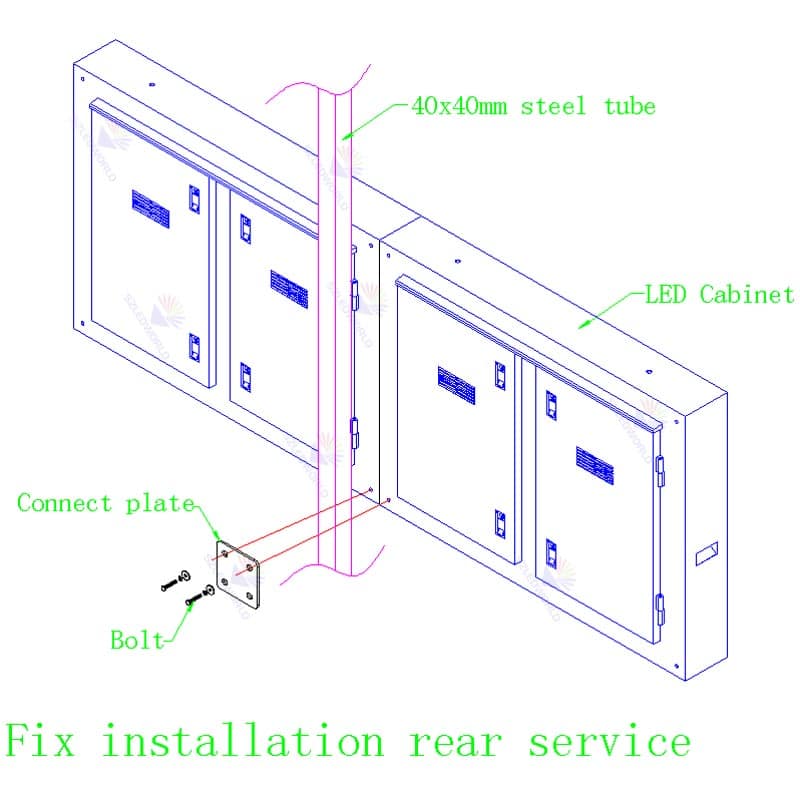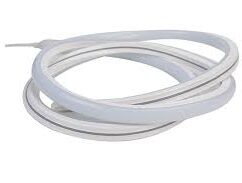Benefits of LED Explosion Lights for Enhanced Safety
Ever wonder how to keep your hazardous workplace brightly lit without compromising safety? Enter LED Stadium Lights, the powerful and secure lighting solution designed for environments with flammable materials or volatile chemicals. This in-depth guide delves into the world of LED Explosion Lights , exploring their functionalities, benefits, applications, and crucial factors to consider when selecting them. By the end, you wii equip with the knowledge to confidently navigate the world of explosion-proof lighting, ensuring optimal illumination and worker safety in even the most challenging environments. What are LED explosion lights? LED Explosion-lights, also known as explosion-proof LED-lights, are specially designe luminaires that can withstand environments with a high risk of explosions. These lights are build with robust casings and specializ components to prevent sparks or ignition from occurring within the fixture. This ensures safe operation even in atmospheres filled with flammable gases, vapors, or dust particles. Benefits of LED Explosion Lights There are numerous advantages to incorporating LED explosion-lights into your hazardous workspaces. Here are some key benefits: Types of LED Explosion Lights Fixed LED Lights Fixed installations are commonly use in industrial settings where permanent lighting is require. They provide consistent and reliable illumination in designated areas. Portable LED Lights Portable options offer flexibility and can be moved as need, making them ideal for temporary setups or maintenance tasks. Emergency LED Lights Designed to provide illumination during power outages, these lights ensure safety and visibility in emergencies. Choosing the Right LED Lights Selecting the proper LED-explosion-lights requires careful consideration of various factors to ensure they meet your specific needs and comply with safety regulations. Installation Tips for LED Explosion Lights Proper Placement Position lights strategically to ensure adequate coverage of hazardous areas without creating shadows or blind spots. Secure Mounting Ensure the lights are securely mounted to withstand environmental stresses such as vibrations or impacts. Regular Inspections Regular inspections should be conducted to ensure the lights function correctly and the enclosures remain intact. Maintenance of LED Explosion Lights Cleaning Procedures To maintain optimal performance, keep the lights clean. Use appropriate cleaning agents that do not damage the enclosures or LED components. Periodic Testing Perform regular tests to ensure the lights are operating correctly and identify any potential issues before they become serious problems. Replacement of Components Replace any damaged or worn-out components promptly to avoid compromising the safety and effectiveness of the lighting system. Safety Measures LED Explosion lights are designed for safety, but it’s important to remember that safety goes beyond the lighting itself. Here are some additional considerations: The Future of LED Explosion Lights The technology behind LED Explosion lights is constantly evolving. Here are some trends to watch for: FAQs No, never use regular LED lights in a hazardous location. They are not designed to withstand the specific risks present and could ignite flammable materials or vapors. Always use certified LED lights in these environments. LED Explosion lights are built to be highly durable. However, if one breaks, it’s crucial to shut off the power immediately and avoid contact with the fixture. Have a qualified electrician assess the damage and replace the light with a new, certified LED Explosion light. No, adequately designed LED lights do not emit harmful radiation like UV rays. They are a safe lighting solution for personnel working in hazardous areas. Numerous resources are available online from reputable lighting manufacturers, safety organizations, and government agencies. You can also consult a qualified lighting professional to discuss your specific needs and get recommendations for suitable LED lights for your application. Conclusion Implementing LED lights can create a safe and well-lit workplace that fosters worker safety and optimal productivity. These lights offer a multitude of benefits: enhanced safety, superior energy efficiency, exceptional durability, and improved lighting quality. This comprehensive guide has equipped you with the knowledge to navigate the world of explosion lights confidently. From understanding their functionalities and applications to selecting the right lights for your specific needs, you now have the tools to make informed decisions that prioritize safety in your hazardous environments. Remember, staying informed about the latest LED Explosion Light technology trends allows you to optimize your lighting solutions for enhanced safety and efficiency continuously.
Benefits of LED Explosion Lights for Enhanced Safety Read More »




